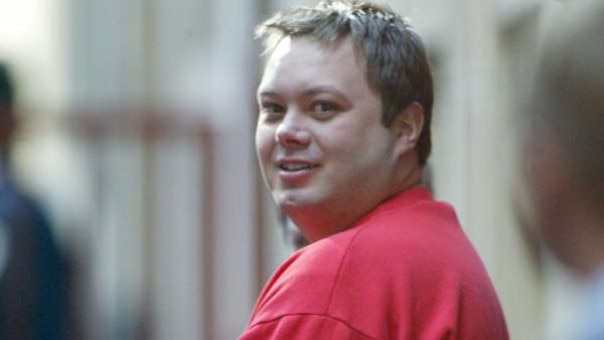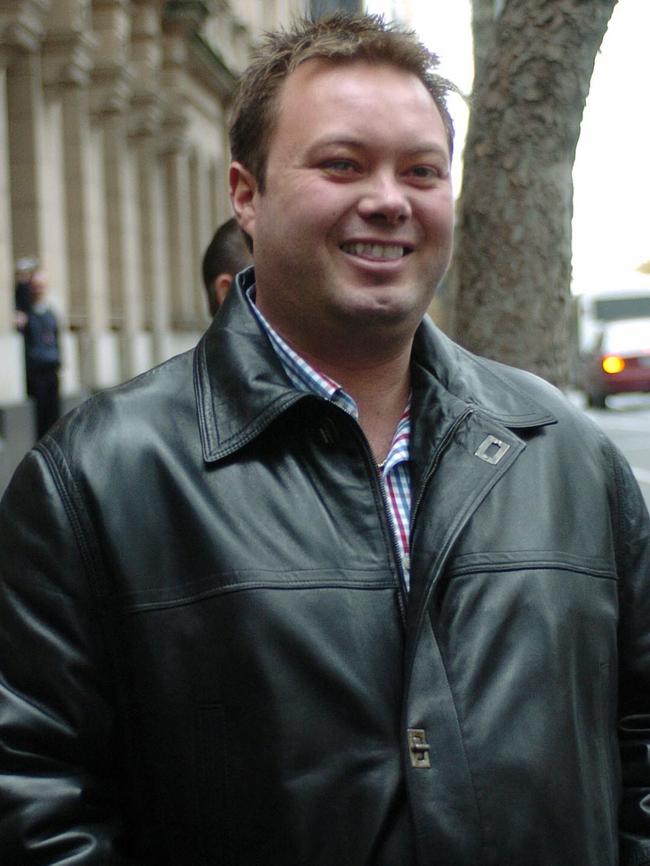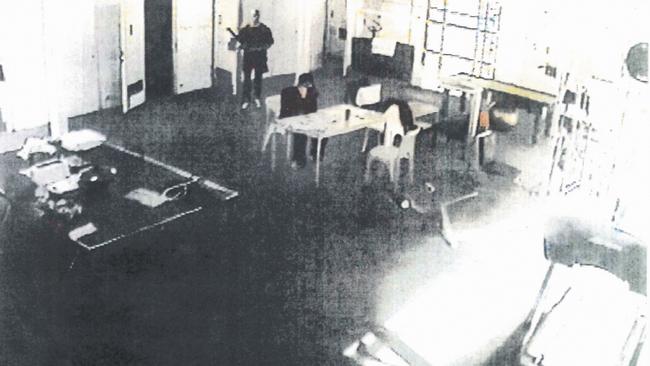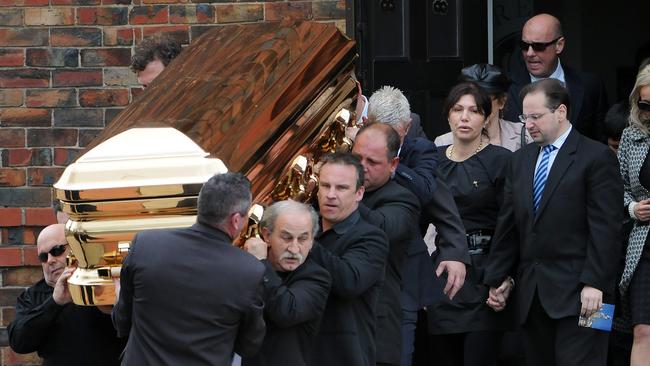Tenth anniversary of Carl Williams’ murder inside Barwon Prison
Carl Williams’ rise from nobody to crime kingpin was so rapid, one cop mused Williams “probably couldn’t believe how easy it was to be a gangster.” But his fall from power was just as swift. As the tenth anniversary of his death approaches take a look back at just how far Williams fell.

True Crime
Don't miss out on the headlines from True Crime. Followed categories will be added to My News.
When a big name criminal is murdered, thoughts often turn to the prospect of revenge.
But, by the time he died, Carl Williams’ power base and wealth were eroded to such a degree that the idea of a payback killing was never seriously entertained.
Inside Barwon Prison, that was even less likely.
As his killer Matthew Charles Johnson later said: “In here, mate, he’s just another bare bum in the shower.”
“Out there, the only reason he got away with so much is cos’ no one suspected him cos he was a f..king idiot.”
Carl was actually no idiot and he could see the ground had shifted beneath his feet before Johnson struck the fatal blows on April 19, 2010.
Criminals who were once his flunkeys were now powerful and influential players and Carl was, to some extent, yesterday’s man.


Before his death, he had asked to leave the isolated Acacia Unit where he had hand-picked his unit mates – Matthew Johnson and a gangland figure, who the Herald Sun has chosen not to name.
Williams bided his time by running on a treadmill, and letter writing, mostly to women he wanted a pen-pal relationship with and often to his “fiancé’’, Stacey Vella.
Although his old allies were fractured, he also wrote daily to his former underworld connections who hadn’t turned on him.
He wrote to Horty Mokbel, and in one letter, explained about the rumours circulating about him that he had turned “dog’’.
About a year before Williams’ death it became well known in underworld circles he was co-operating with police in their prosecution of former cop Paul Dale and veteran criminal Rod Collins over the 2004 Hodson murders.
Williams articulated his stance, arguing that Dale was a cop, so “f..k him’’ and that Collins was in jail for life anyway.
For his co-operation he was to receive a 10-year cut to his 35-year jail sentence.
He also had his eye on a reward.

By then three of his most trusted criminal crew had given evidence against him.
Another old ally, Rocco Arico, was monitoring the Williams situation closely.
Arico had walked out of jail not long after Williams had gone in, rising through the criminal ranks and accumulated wealth later estimated at $10 million.
And, it is believed, Arico was aware Williams was about to make a statement dobbing him in over the 2000 cold case murder of criminal “Mad’’ Richard Mladenich.
Is it a coincidence that Arico was on the phone to a gangland figure in the jail in the minutes post Williams being bludgeoned to death by Johnson?
Another caller into the prison the day before the attack, the “Wrecking Ball’’, was a close associate of Arico.
Williams was a sitting duck victim in what was one of the most significant murders in Victorian criminal history.
The implications are still reverberating through the state’s justice system as tangled webs are slowly exposed.
But little more than a decade before the killing, barely anyone had heard of Carl Williams.
Regrettably, the ignorance of Williams extended to all but a small core of the state’s police, even as his growth to underworld power player was in full bloom.

Sir Ken Jones, in his submission to the Lawyer X Royal Commission, noted how statewide intelligence failings had allowed “relatively unsophisticated” criminals to operate huge, unchecked drug operations.
Williams was behind bars by the time Sir Ken lobbed in Melbourne as a Deputy Commissioner, but he knew what his impact had been.
“These start-ups grew in strength and wealth as the recreational drug market exploded; criminal groups merged as gang leaders were pushed aside or murdered,” he wrote.
“Far worse is the legacy of that era. Illicit drug infrastructure and knowledge was built from scratch to rival anywhere I had seen elsewhere.”

The destruction he wrought could hardly have been predicted in the early 1990s.
Williams was regarded as just another northern suburbs criminal with a love of fast food and easy money.
By the end of that decade, he was a major amphetamine producer with A-grade contacts — among them Tony Mokbel — who he had cultivated during a spell inside.
And he was being underestimated by both sides of the law.
Former homicide squad detective Rowland Legg — whose crew built the trap which ultimately ensnared Williams — said there were clear intelligence deficiencies which failed to identify up-and-comers like Williams.
“No one saw him coming until he got established,” Mr Legg said.
“All of a sudden, anyone who looked at him sideways was getting zapped. He believed he was invincible.”
Another ex-senior officer observed: “Like an untreated weed, he flourished.”
“Probably couldn’t believe how easy it was to be a gangster.”
READ MORE:
THE CRIME CREDITED WITH SIGNING WILLIAMS’ DEATH WARRANT
LAWYER X’S SECRET MEETING WITH CARL’S KILLER
Originally published as Tenth anniversary of Carl Williams’ murder inside Barwon Prison
